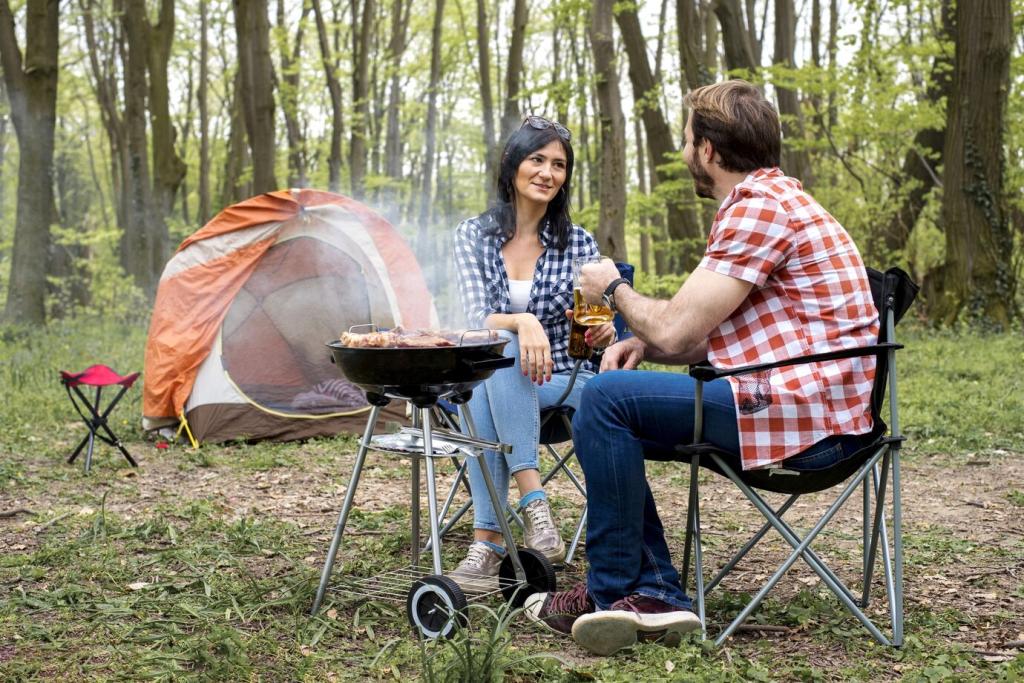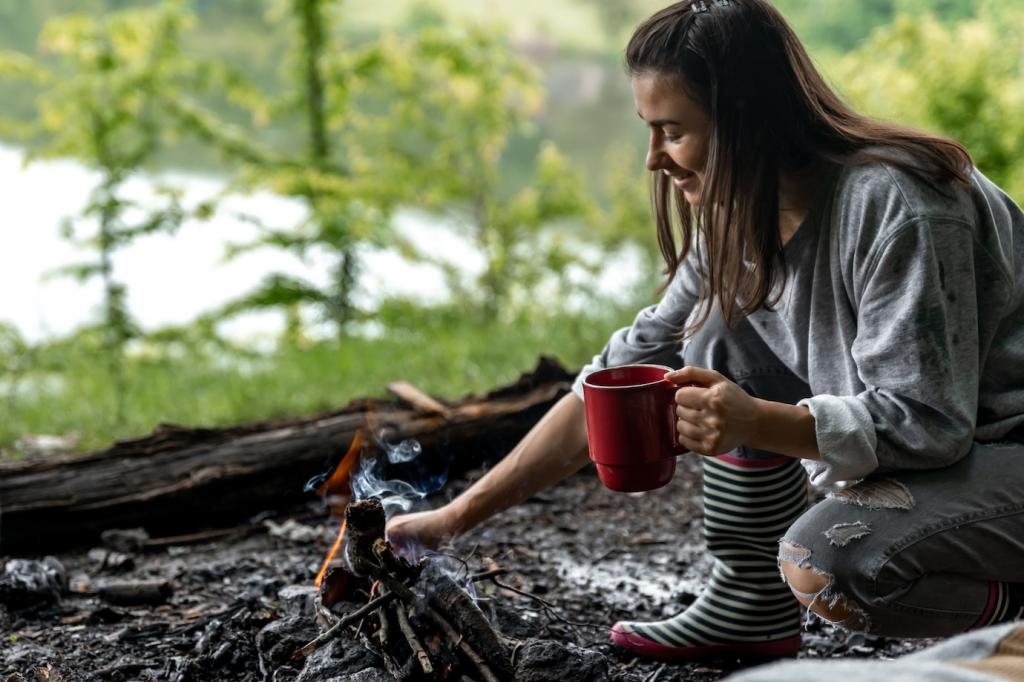
Smoked Meats: Tips and Tricks — Ignite Flavor, Master Patience
Chosen theme: Smoked Meats: Tips and Tricks. Welcome to a fireside guide for curious pitmasters, weekend warriors, and anyone who loves the slow alchemy of wood, fire, and time. Pull up a chair, swap stories, and let’s make your next cook unforgettable.
Oak, hickory, pecan, apple, and cherry are reliable hardwoods that burn evenly and impart balanced flavor. Avoid resinous softwoods, keep splits seasoned, and aim for thin blue smoke. Drop a note below with your region and go-to stack.

Fire Management and Temperature Control
Start with a small, hot bed of coals, add well-seasoned splits, and allow fresh logs to combust before closing the cook chamber. Thin blue smoke beats billowing white clouds. What’s your go-to startup routine for a steady, reliable burn?
Fire Management and Temperature Control
Top vents control draft; bottom vents manage oxygen. Adjust in small increments, give changes time, and avoid chasing temperatures. Log your decisions during a cook and share your most instructive temperature graph or simple notebook timeline.
Fire Management and Temperature Control
Wind stokes fires, cold saps heat, altitude changes boiling points and airflow. Shield pits, pre-warm splits, and plan extra time in winter. Comment with your climate challenges and the best windbreak or insulation hack you’ve tested successfully.

Trimming for Even Cooking and Better Bark
On brisket, streamline the deckle, even the fat cap to around a quarter inch, and square edges for uniform rendering. Neat surfaces help bark adhere. Post a before-and-after trim photo tip and inspire a newcomer to take that extra step.

Dry Brine Versus Marinade: When and Why
Salt early for deeper penetration and juicier bites; spices ride the surface to build bark. Marinades add surface flavor but won’t tenderize like time and salt. What’s your ideal lead time for dry brining ribs, poultry, or thick chuck roasts?

Rub Strategy: Layered Flavor Without Overpowering
Start with salt and pepper, then add paprika, garlic, or chilies sparingly. Sugar can enhance color but burns at higher heat. Share your heat-to-sweet ratio and tell us how you tweak rubs for different woods and regional preferences.
Conquering the Stall and Managing Moisture
Why Meat Stalls and How to Stay Calm
Around 150–170°F, surface moisture evaporates, cooling the meat like sweat. It’s normal, not failure. Hold steady heat, resist panic, and trust the process. What’s your favorite playlist or ritual for staying patient during those marathon hours?
Wrapping Smart: Paper, Foil, or Naked
Foil speeds through the stall but softens bark; butcher paper preserves texture while gently accelerating. Naked yields the crunchiest bark with extra time. Tell us your wrap threshold temperature and whether you peek based on color, feel, or aroma.
Spritzing Without Soaking the Fire
Spritz lightly with apple cider or water to cool hotspots and promote bark, but avoid constant lid lifting that kills heat. Consistency beats fussiness. Share your spritz recipe, timing cadence, and a time it saved a dangerously dry cook.


Smoke Ring and Bark: The Twin Badges of Honor
Nitric oxide and carbon monoxide from clean combustion bind with myoglobin before it fully denatures, creating that pink halo. Cold meat at the start helps. What pre-cook steps give you the most reliable, photogenic smoke ring without gimmicks?
Smoke Ring and Bark: The Twin Badges of Honor
Rub, airflow, and steady heat drive Maillard reactions while dehydrating the surface into a flavorful crust. Avoid overly wet surfaces or heavy mop schedules. Share your airflow tweaks or grate position that produced your most impressive bark yet.
Internal Temps and Safe Holds
Pork shoulder pulls beautifully near 203°F; brisket is done when probe tender; chicken must hit 165°F in the thickest part. Hold safely above 140°F. Drop your favorite instant-read thermometer model and how you verify accuracy between cooks.
The Magic of the Faux Cambro
Place wrapped meat in a pre-warmed cooler with towels to hold heat for hours without overcooking. It smooths service and relaxes the timeline. Share a time the faux cambro saved a late guest or a brisket that finished way too early.
Knife Work That Honors the Cook
Slice brisket flat across the grain for tenderness, then adjust angle on the point. For ribs, follow the bones cleanly. Keep knives sharp and strokes confident. Post your cleanest slice photo and any sharpening routine you swear by.
Regional Styles and Signature Twists
Minimal rub, post oak, and relentless fire discipline craft brisket that whispers confidence. Focus on meat quality and smoke clarity. Tell us how you balance pepper bite with clean oak sweetness when dialing in that classic Hill Country profile.
